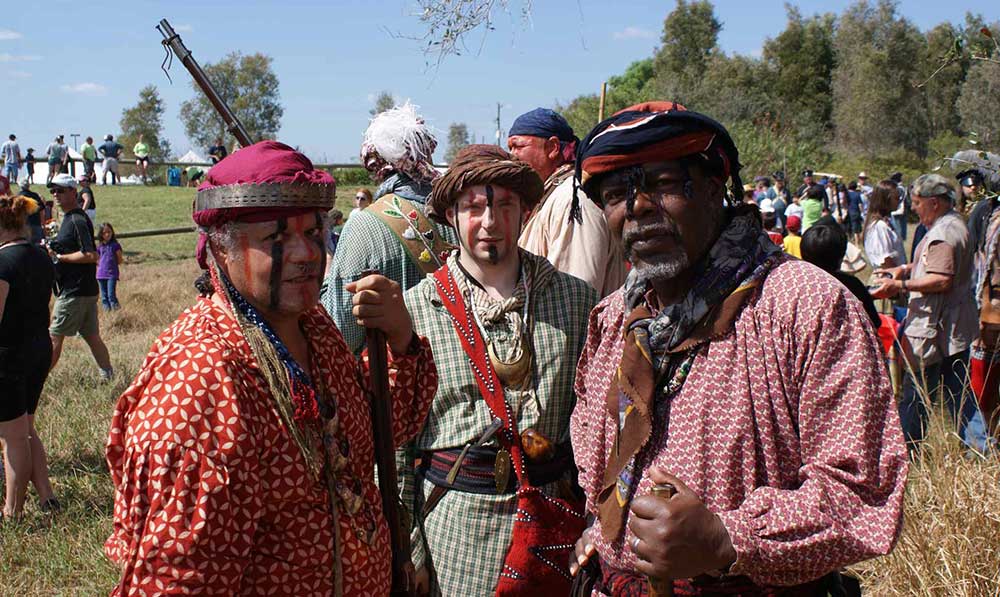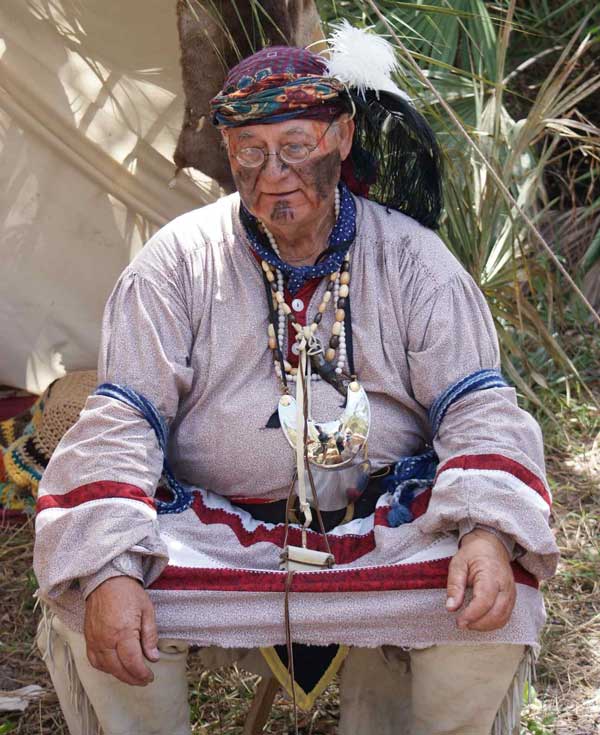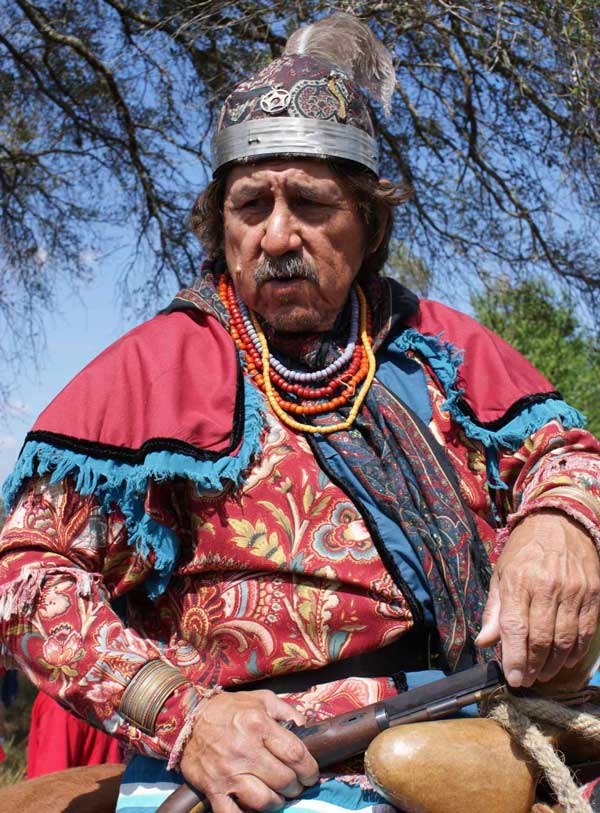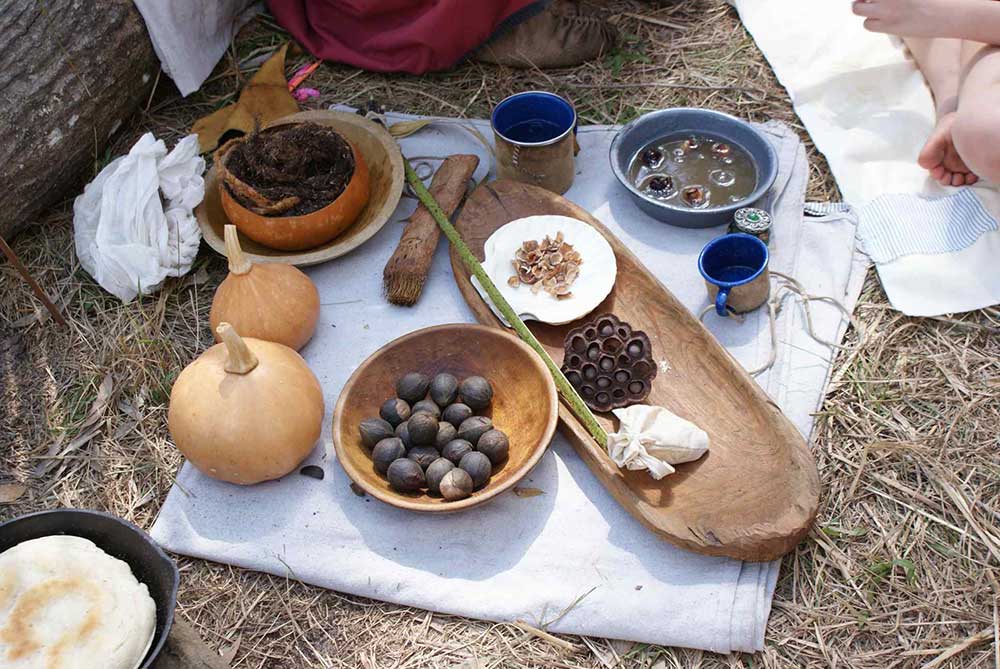The Seminoles – Native Americans still present today

The name “Seminole” is a derivation of the Spanish word “Cimarron” and means “wild man”. The Seminole people were given this name a long time ago when they fled from slavery in British-controlled colonies to Florida. Originally they were “Creeks”, Indians of the Muskogee tribe, who were mixed with many other Indian cultures. The Indian tribe in the Everglades had to fight hard for their land and their current prosperity.
Arrival in Florida
The Seminoles came to Florida because the land was controlled by the Spanish at the time and they were not interested in returning the Indian slaves to the British. By this time, minor wars with the Spanish and the diseases they brought with them had reduced the number of Indians in Florida from around 100,000 to just 50.
The survivors went hunting and mainly killed game, collected fruit, nuts and berries and became excellent farmers. They grew maize, sugar cane, bananas and guavas. They mixed medicinal juices from local herbs and were very successful in horse and cattle breeding.
In 1812, the Seminoles learned that a group of Georgians wanted to attack them. The Seminole tribe then attacked them on their plantations. This led to resentment in the government and resulted in an attack by American troops. These attacks destroyed all the villages and settlements. Of the 337 men and women, only 31 survived this attack, most of whom fell victim to slavery again. In 1819, Spain also ceded Florida to the United States, which had big plans for this new land.
Banishment to the reservation
Every year in February, the last war of the Seminole Indians against the Americans is re-enacted The tradition of the Seminole Indians is upheld.
The Americans banished the Seminoles to a reservation in the middle of the country. The “Indian Removal Act” was the basis for the expulsion of all tribes east of the Mississippi to Arkansas and Oklahoma. On the long march, many Indians fell victim to cold, hunger and disease. Only the Seminole tribe successfully resisted the expulsion.
Further wars followed, which claimed victims on both sides. The steadfast Seminoles fought these to the last drop of blood and finally brought them to a successful conclusion. The 2nd Seminole War alone cost the United States 20 million dollars and 1500 men. Withdrawn into the depths of the Everglades, only a few of the Seminole tribe survived.
In 1887, a law was passed that granted each Indian 160 acres (65 hectares) of their own land and allowed the remainder to be sold to white men. Ironically, all of the Indians who inhabited this great land long before the white man were made American citizens during World War 1.
New laws provided them with a better life: they received financial loans, help with medical treatment and educational opportunities. They were granted religious freedom and their Indian culture was promoted as their most important asset.
Facts and figures
The traditional way is to immerse yourself in the culture and way of life of the Seminoles.
In 2000, 12,431 people registered as belonging to the Seminole in a state census. A further 15,000 or so Seminoles have come forward who have intermarried with other Indian tribes. The pure Seminole tribe in Florida has about 3000 members, who are divided into eight clans: Panther Tribe, Bear Tribe, Deer Tribe, Wind Tribe, Bird Tribe, Snake Tribe, Otter Tribe and Big City Tribe.
They have enjoyed their independence since 1962 and own 55,000 acres (222 km²) of swamp safari land; 35,000 acres (140 km²) of land in Brighton and 600 acres (2.5 km²) of land in Hollywood/Florida. Since the legalization of the sale of duty-free tobacco, tourism services and gambling, their economy has grown unstoppably. This led to a minor sensation in 2006: they bought the Hard Rock Cafe restaurantchain in a deal worth 965 million US dollars.
The economy is booming
The Seminole and Miccosukee Indians rank first among the most productive businesses run by Native Americans. More than one billion in revenue is generated by gambling (90%). Moses Jumper, of the Snake Tribe (pictured), sees it as no easy task to teach growing children about their ancient culture and the origins of their roots in an age where technology and progress reign supreme.
Not least because no one has to worry about things that are important for survival. “None of them experienced and got to know the hard times. Today, we only know the old stories from the tales handed down by our ancestors,” says Jumper.
Immerse yourself in the Seminole world
There are various opportunities to immerse yourself in the culture and way of life of the Seminoles: You can take a journey into their past in the historical museum. Here you can marvel at leftover artifacts. An evening around the campfire is offered, where adventure stories from the past are told. You will spend the night in an original “Chickee Hut”.
Those who prefer to see the wonderful landscape of the Everglades can take part in a swamp buggy or airboat tour. You will witness an incredible ecosystem, far from civilization, in a remote and unique beauty with a rich variety of wildlife. This unique nature reserve has been reverently defended and preserved in its natural state by the Seminoles to this day.
Every February, the last war of the Seminole Indians against the Americans is re-enacted in the Everglades. Information is available here.



